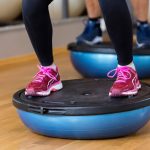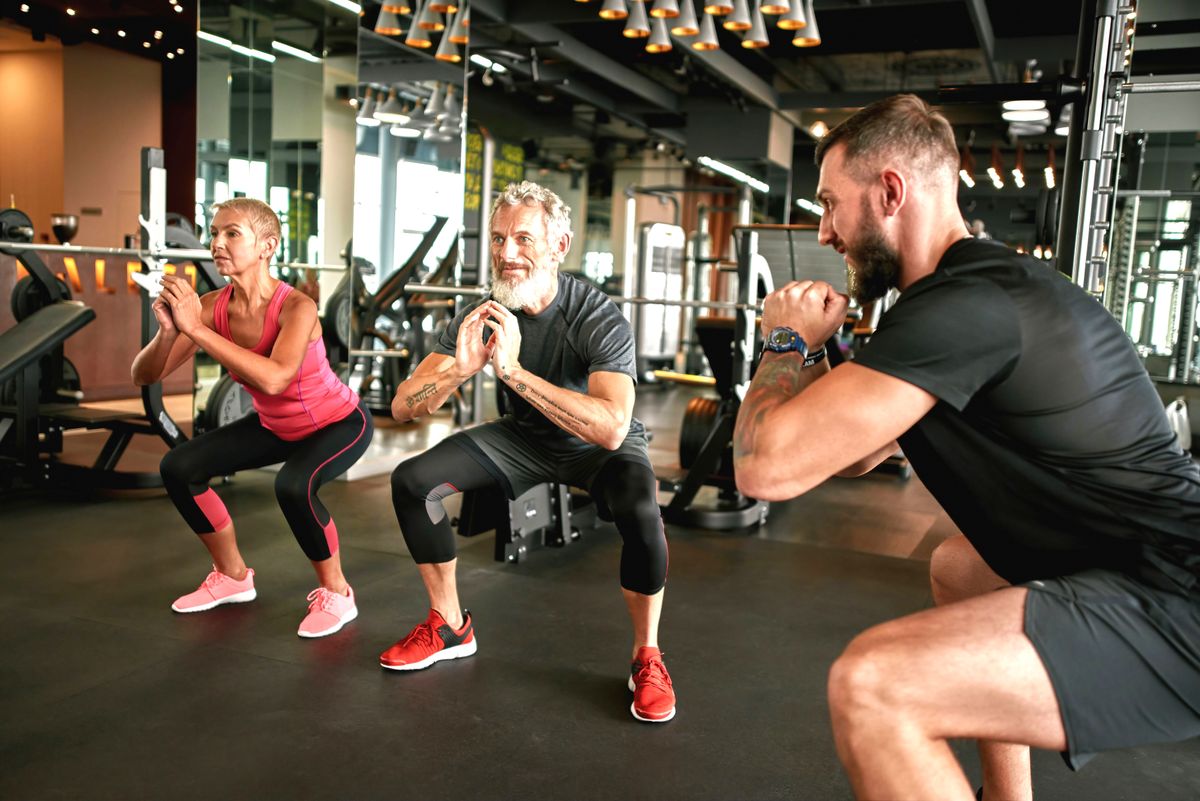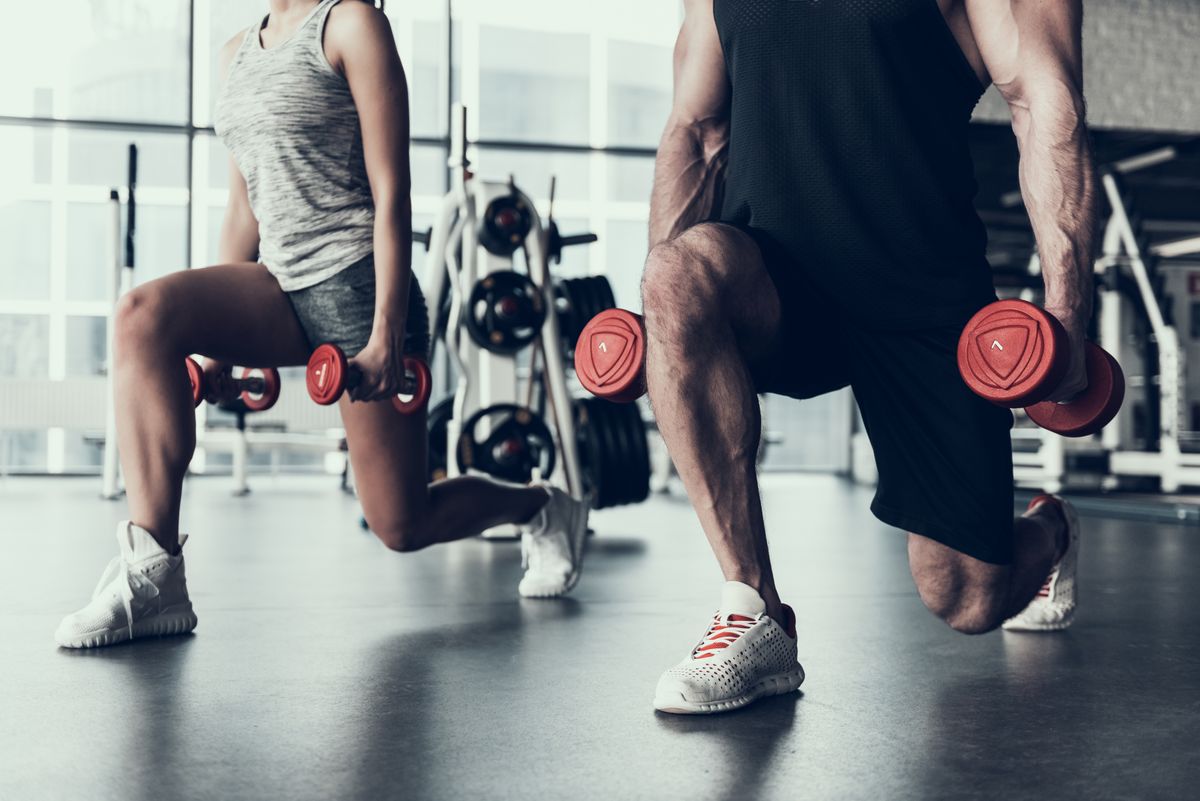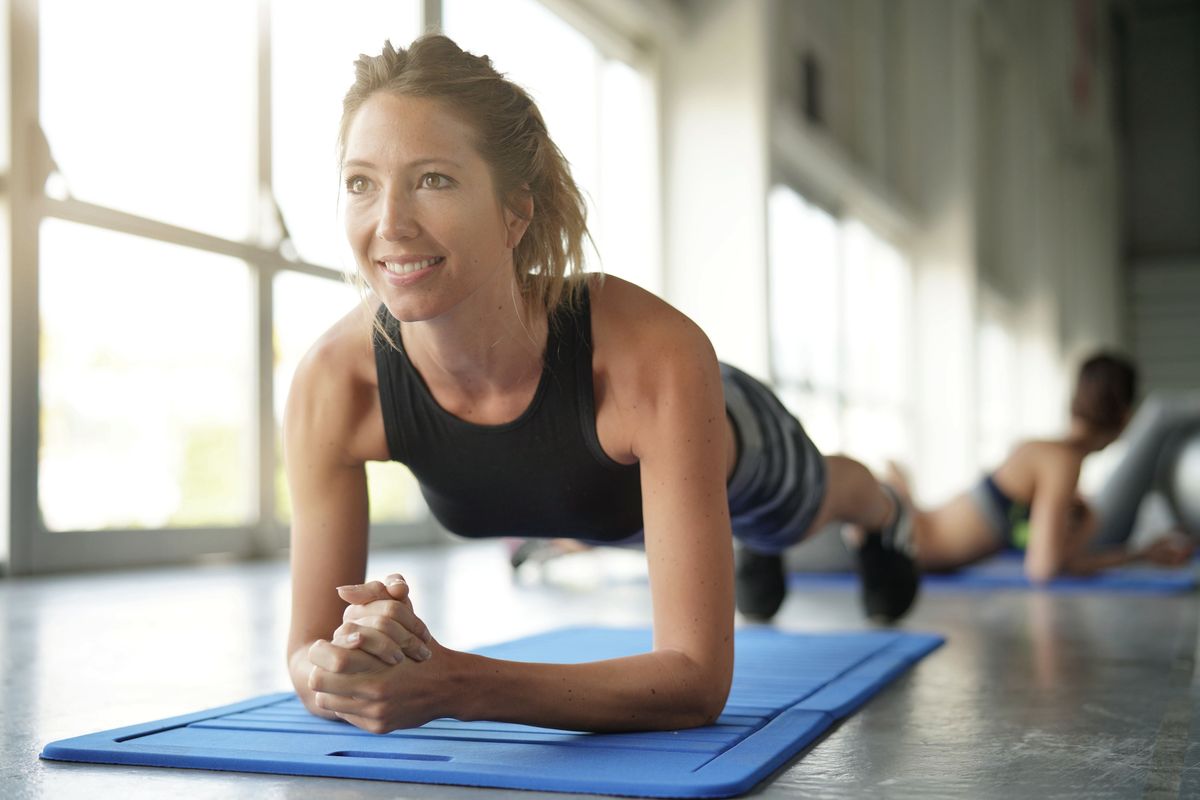Did you know you can enjoy the benefits of the best at-home cardio workouts right in your living room? Cardiovascular exercise (also known as aerobic exercise) is any move that uses large muscle groups, raises your heart rate, and is continuous and rhythmic.
Cardio has tremendous health benefits and is necessary for staying healthy, increasing your longevity, and preventing chronic diseases.
Keep reading to discover six benefits of at-home cardio exercise, how to kick off your routine, and score a bonus cardio workout.
Benefits of At-Home Cardio Exercises
The word ‘cardio’ comes from the Greek word kardia, which means heart. And indeed, that’s the organ that benefits the most from cardio exercise—and those benefits are significant–but they don’t stop there. Keep reading to learn six significant benefits of cardio exercise.
Decrease Your Risk of Heart Disease
Numerous studies have shown that regular participation in aerobic exercise significantly decreases your risk of developing coronary artery disease (CAD) and dying.
Improve Your Cholesterol Profile
Cardio also increases your good cholesterol–High-density lipoprotein or HDL High HDL levels are associated with a decreased risk of heart disease.
While you want a high HDL, you want a low, low-density lipoprotein (LDL) and triglycerides. Cardio exercise also helps lower these unhealthy cholesterol components, reducing the risk of heart attack and stroke.
Prevent Cardiac Remodeling
One of the most fascinating benefits of cardio is its role in preventing cardiac remodeling. Cardiac remodeling is a process that occurs after the heart has been damaged and results in structural changes to the heart tissue.
These changes often lead to a thickening of the heart muscle, causing it to become stiff and reducing its ability to pump blood effectively. Regular aerobic exercise can slow this process.
Decrease Your Risk of Chronic Conditions
Additionally, ample research has demonstrated that regular aerobic exercise dramatically reduces your risk of experiencing a stroke, heart attack, or developing diabetes and many types of cancers.
Boost Your Mood
Studies have also shown that aerobic exercise can increase mood for those with and without mood disorders. And the best part is that you can enjoy these health benefits with as little as 150 minutes per week of moderate-intensity cardio exercise.
Aid in Fat Loss
Cardio is a vital component to include in your training program if your goal is to change how your body looks and lose body fat. Cardio helps to burn calories, improve your fitness, and help you recover from your strength training sessions.
Fight Aging
Lastly, one of the most impressive benefits of cardio exercise is its role in our longevity. Regular physical activity, including cardio, helps us live better and longer.
The many benefits of cardio exercise include the following:
- Reverses or prevents cardiovascular disease
- Increases your good cholesterol (HDL)
- Decreases your bad cholesterol (LDL)
- Stunts cardiac remodeling
- Reduces your risk for chronic conditions
- Decreases your blood pressure
- Boosts your mood
- Helps with fat loss
- Fights aging
Get our fitness newsletter
Stay on track with your fitness goals and get inspired! Sign up for the GymBird newsletter for twice-monthly expert fitness and nutrition tips.
An Intro to the Best At-Home Cardio Workouts
To plan your cardio exercises at home, you’ll need to understand the many different cardio exercises and workout styles available. So let’s dive into the three main types of cardio: low-intensity steady state, moderate-intensity steady state, and high-intensity interval training.
Low-intensity Steady-state Cardio (LISS)
By far, the most underrated form of cardio is LISS. Walking or riding a bike at a leisurely pace are examples of LISS and are an excellent way to raise your heart rate and increase your total calories burned in a less intense way than other cardio choices.
LISS cardio sustains your heart rate around 100-130 beats per minute (bpm) or 50-70% of your maximum heart rate.
Other forms of LISS cardio include hiking, slow swimming, rowing, or any cardio machine at a slow, steady pace. Because this type of cardio is very low in intensity, you will need to work out much longer to achieve the same calorie burn as other options, as you will see.
Moderate-intensity Steady-state Cardio (MISS)
The most common type of cardio workout is MISS. This cardio intensity is an excellent middle ground that provides many of the benefits of cardio in a way that is much shorter in duration than LISS and less intense than HIIT.
Your target heart rate for MISS cardio is 140-160 bpm. You can achieve MISS cardio with any of the LISS exercises performed faster.
High-intensity Interval Training Cardio (HIIT)
HIIT training has become all the rage due to its efficiency, intensity, and superior results. HIIT classes like Tabata and Insanity are popular for a good reason.
HIIT cardio offers significant cardiovascular benefits, unbeatable calorie burn, and boost fitness levels in as few as twenty minutes.
Traditional HIIT workouts focus on cardio moves, such as running or cycling, and alternate periods of near-maximum effort, with short periods of recovery. You can get a HIIT workout at home or outside or try a class at your local gym or Crossfit box.
Getting Started with Cardio Workouts at Home
Now that you understand the importance of cardio and the options available, how do you choose which type of cardio for your at-home workouts? Here are a few questions to consider when crafting your workout program.
Do you have any injuries or chronic health conditions? Or take any medications that have notable side effects? If you do, don’t panic. Just check in with your doctor before starting a cardio exercise program.
If you’re interested in higher-intensity exercise in particular, you’ll want to be cleared by a physician and start slowly.
Do you enjoy intense exercise? While this may seem obvious, it can be easy to get carried away when a particular exercise gets popular. CrossFit and HIIT are great, but they’re not required to get fit, lose weight, or shed body fat.
Find a movement you enjoy, and you’re more likely to stick with it, which is the healthiest plan in the long run.
Do you have equipment at home? While many at-home cardio options don’t require equipment, if you have bands or dumbbells, it will increase the variety of exercises available to you. So, take stock and choose your workout accordingly.
Choose Your Intensity
Once you sort out the essentials, the next step in designing your home cardio workout program is selecting the intensity. If you have injuries, chronic health conditions, or take medicines that make you feel dizzy or lightheaded, you should check with your healthcare provider before starting any exercise program.
Find Something You Enjoy
After that, what matters most is finding a cardio exercise and intensity that you enjoy. Most people combine LISS, MISS, or HIIT with strength training to keep their program exciting and fun, but you only need to choose what appeals to you.
Take it Slow
Take it slow whenever you start a new workout program or return from a hiatus. It can be easy to get frustrated when you have to take it down a notch. Still, you’re most likely to get injured during this period, so be cautious and increase intensity and duration methodically.
Stay Flexible
To achieve the recommended 150 weekly minutes of moderate-intensity cardio, you could do five 30-minute or two 60-minute sessions plus one 30-minute session. However, you reach 150 minutes–just get moving!
Remember: the best exercise program is the one you stick with.
Best At-Home Cardio Workouts to Maximize Your Fitness
Here is a list of some of the easiest cardio exercises to do from home. Remember that you can dial up or down the intensity for each movement to achieve low-intensity, moderate-intensity, or high-intensity steady-state cardio at home.
Dance
Honestly, dance is an underrated form of exercise that will get your heart pumping and put a smile on your face. With so many different options and great instructional videos available on the internet, you’ll never be bored.
Stream a Cardio Class
If you love group classes but don’t want to leave home, there are countless fitness classes that you can stream from apps such as Future. There are also thousands of free videos available on YouTube you can try. So your at-home cardio class options are endless.
Kickboxing
Kickboxing is a training exercise that boxers and other fight sport athletes use to practice their punching combinations and footwork that also is a great cardio workout that engages your core. It involves punching and quickly moving your feet around the room like you’re fighting an imaginary opponent.
If you’re interested in kickboxing, check out our article on Best Kickboxing Workouts at Home.
Bodyweight Circuit
If you’re crunched for time and want to get a cardio and strength workout in, bodyweight circuits are an excellent way to get all those benefits in one efficient session. See the list below for ideas to construct your bodyweight circuit.
Bodyweight Exercises
- Planks
- Squats
- Jogging in Place
- Lunges
- Glute Bridge
- Toe Touches
- Push-ups
- Lateral Leg Raises
- Dead Bugs
- Bird Dogs
- Fire Hydrants
- Kickbacks
- Bear Holds
Higher Impact & Higher Intensity Bodyweight Exercises
- Squat Jumps
- Burpees
- Skater Hops
- Lunge Jumps
- High Knees
- Mountain Climbers
- Box Jumps
- Jumping Jacks
Lower Intensity Bodyweight Circuit
Repeat Circuit 3-5 times, rest 1-2 minutes between circuits
| [role=checkbox]]:translate-y-[2px]”>Repetitions | |||||||||||||||||||||
|---|---|---|---|---|---|---|---|---|---|---|---|---|---|---|---|---|---|---|---|---|---|
| [role=checkbox]]:translate-y-[2px]”>60 seconds | [role=checkbox]]:translate-y-[2px]”>60 seconds | [role=checkbox]]:translate-y-[2px]”>60 seconds | [role=checkbox]]:translate-y-[2px]”>60 seconds | [role=checkbox]]:translate-y-[2px]”>60 seconds | Higher Intensity Bodyweight Circuit
Repeat Circuit 3-5 times, rest 1-2 minutes between circuits
|
















